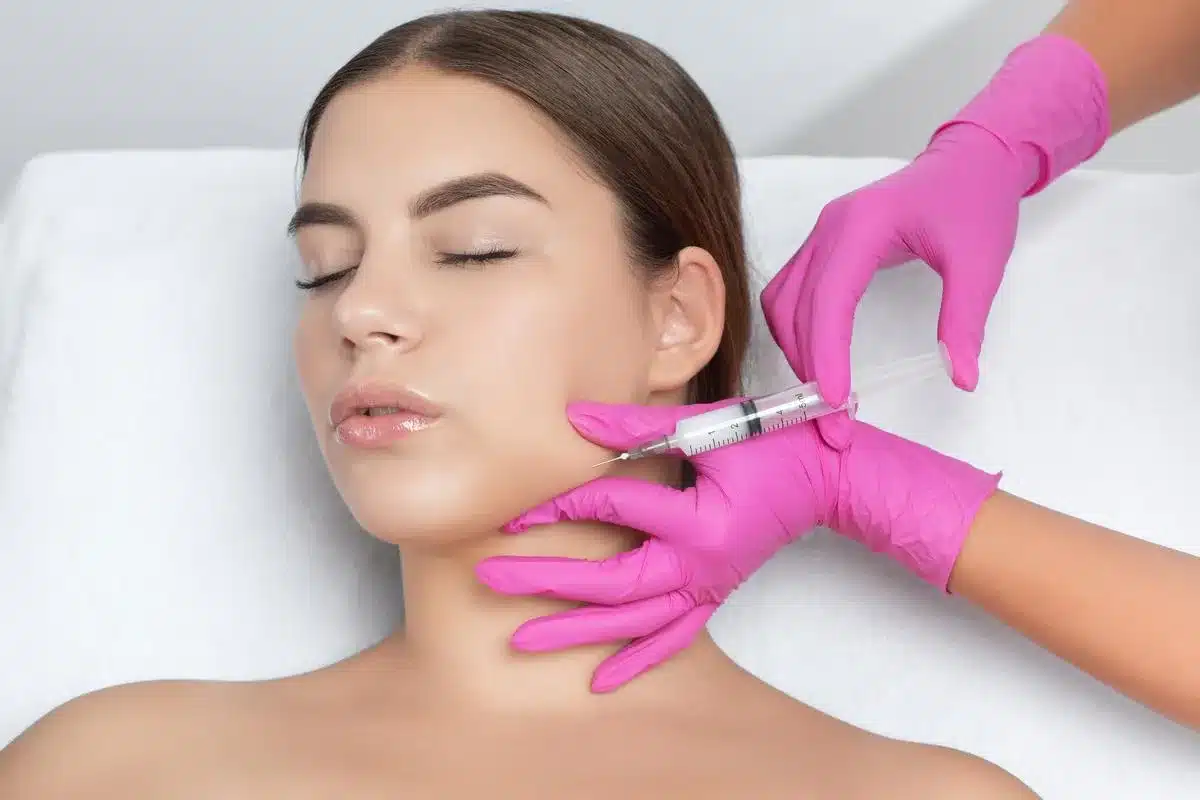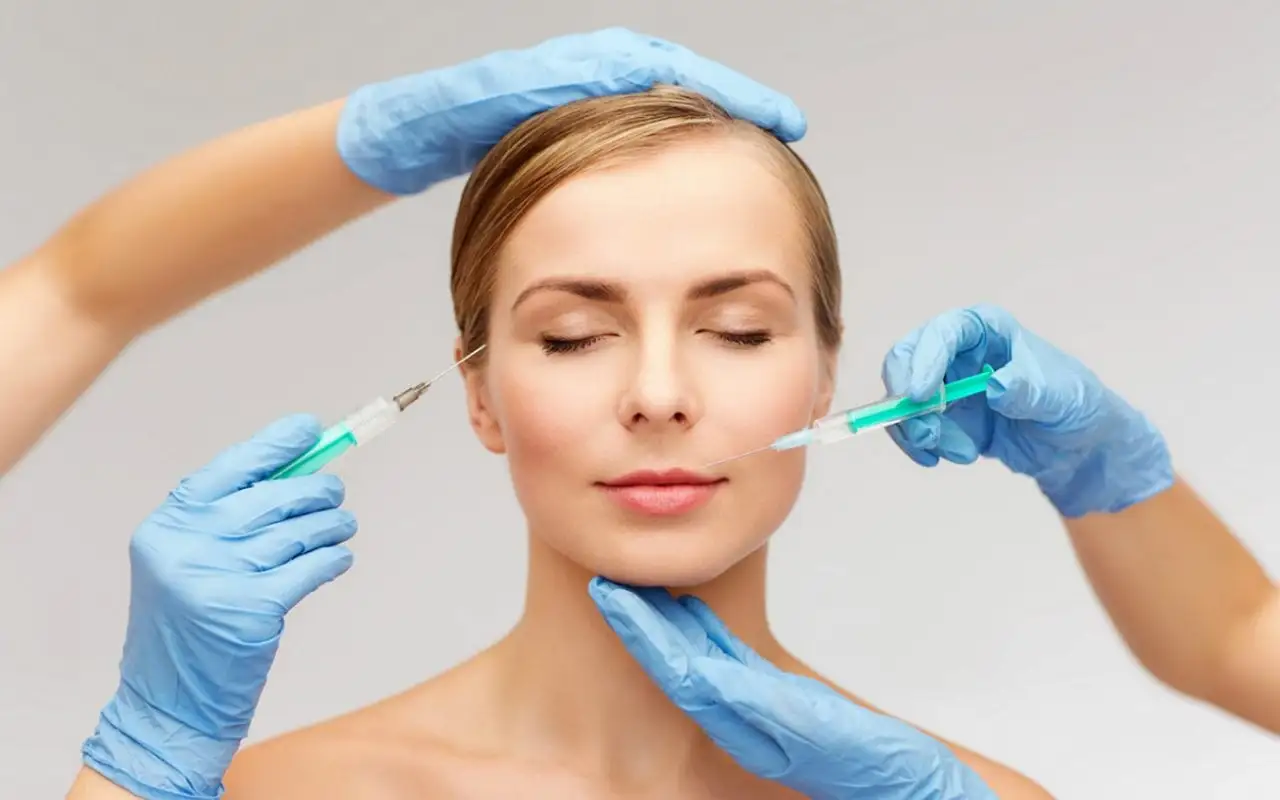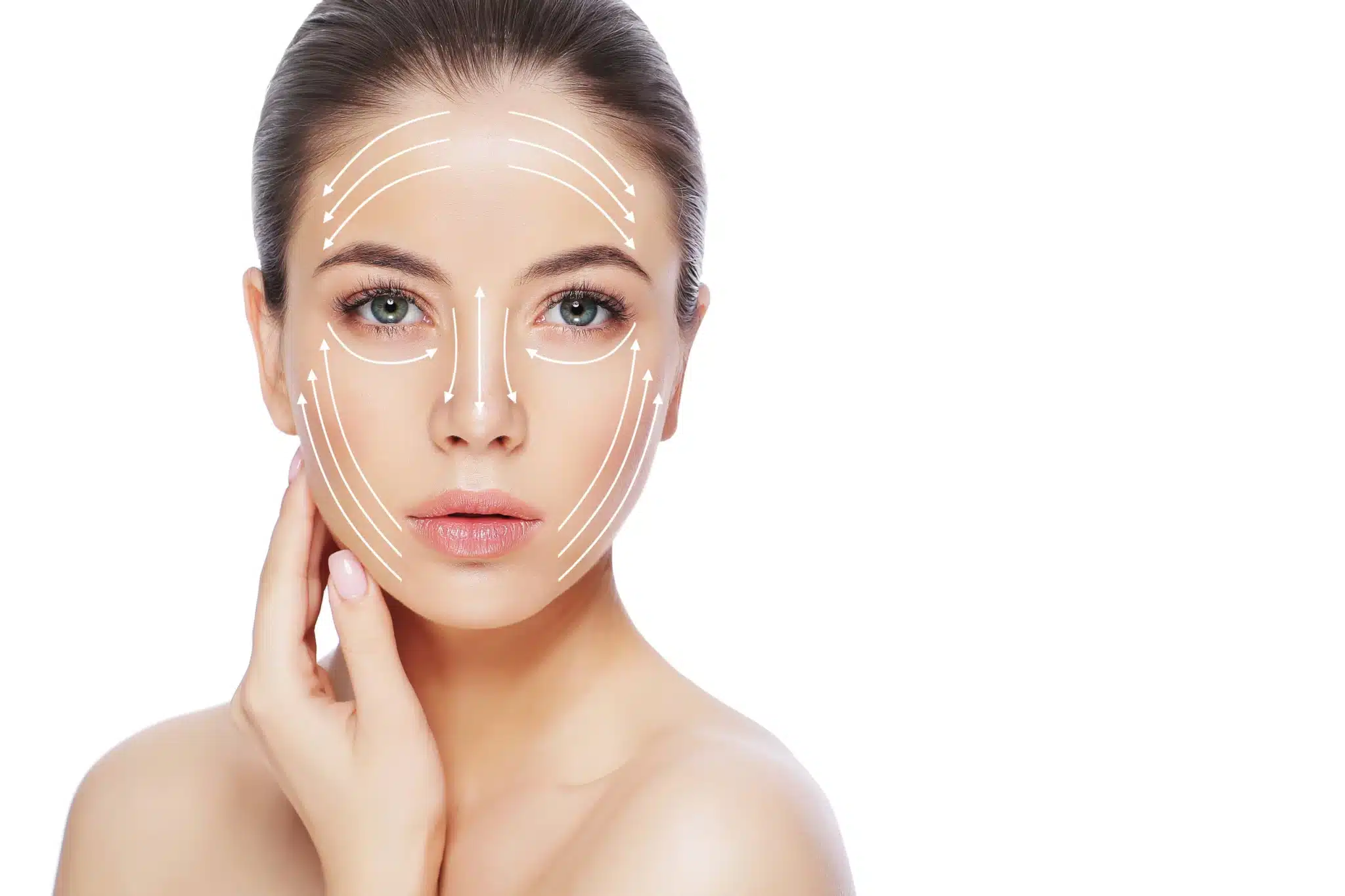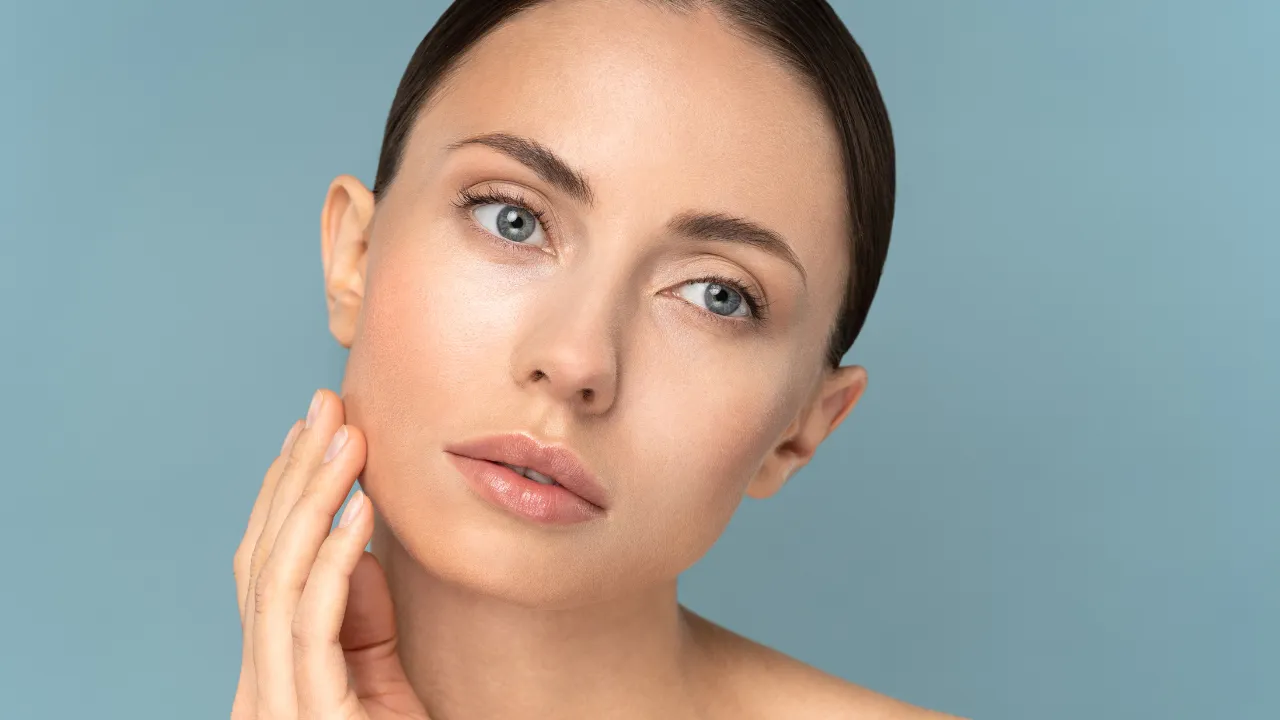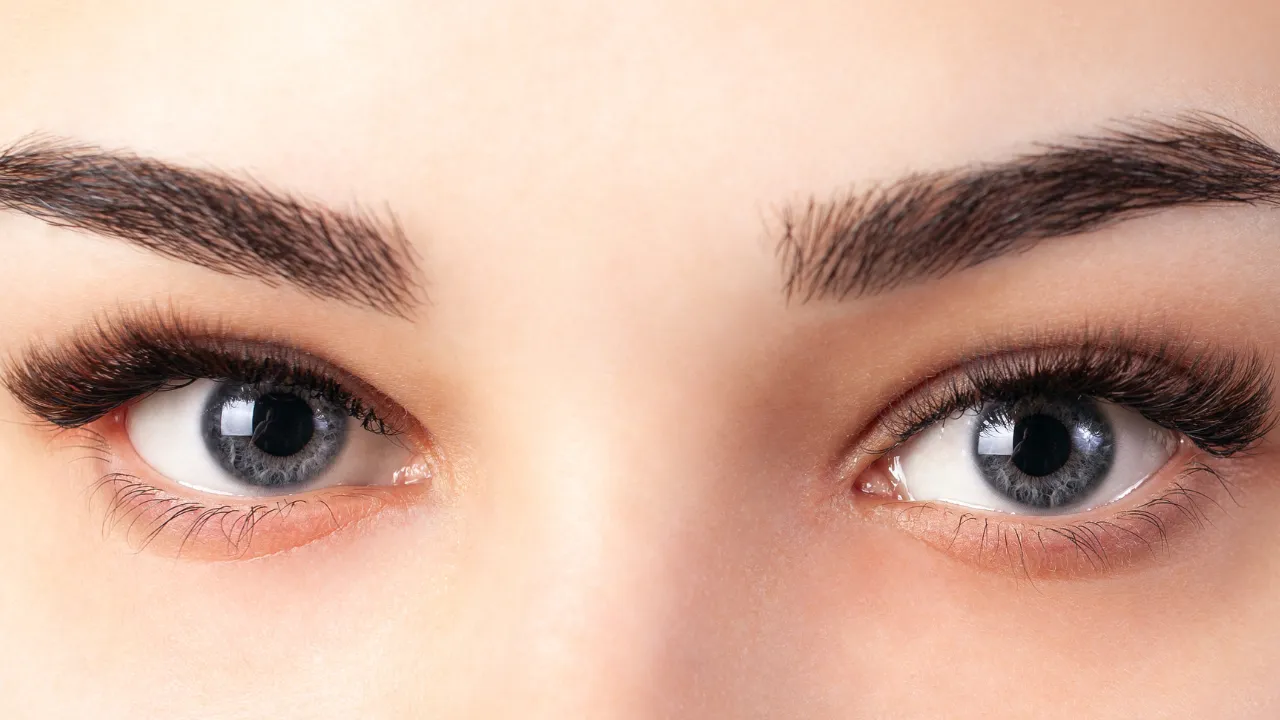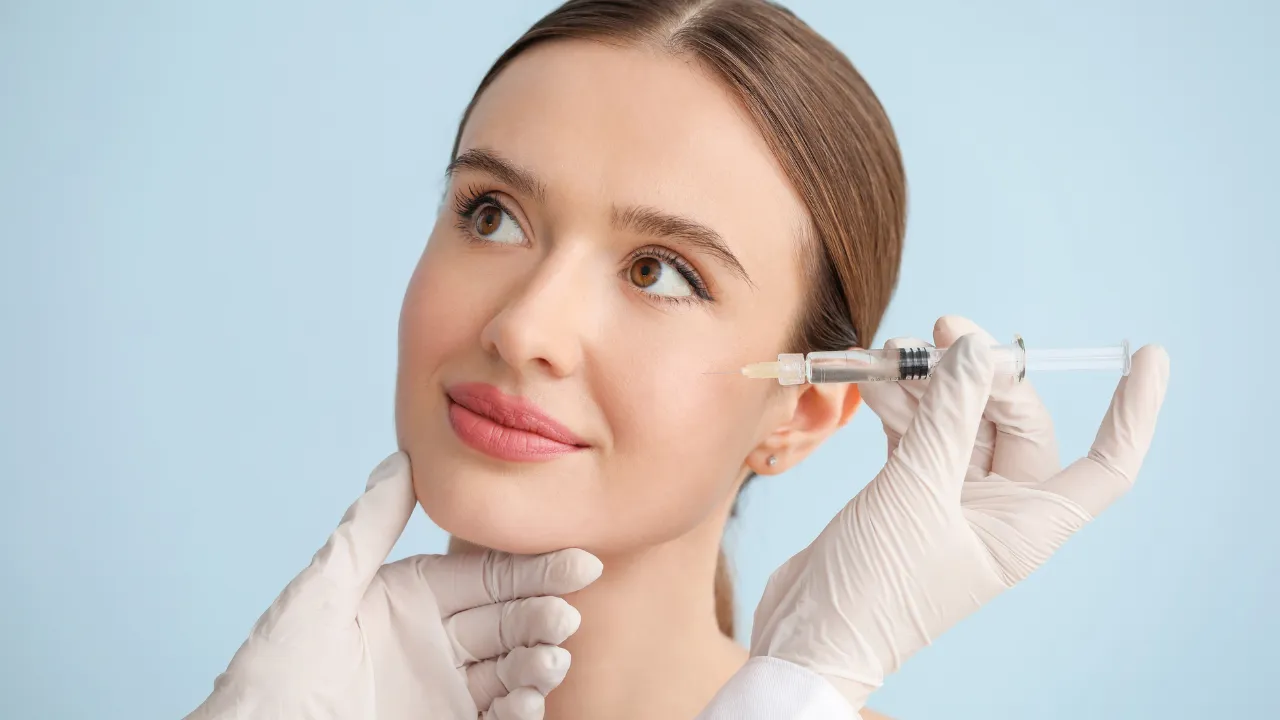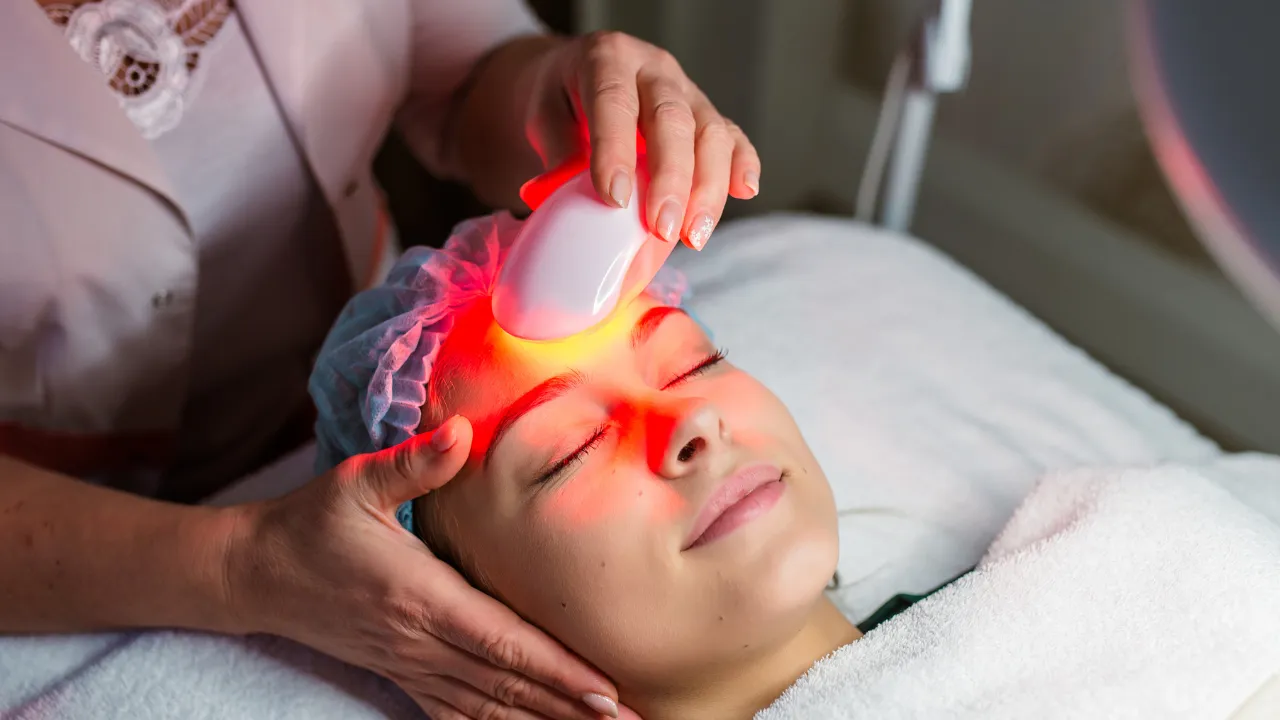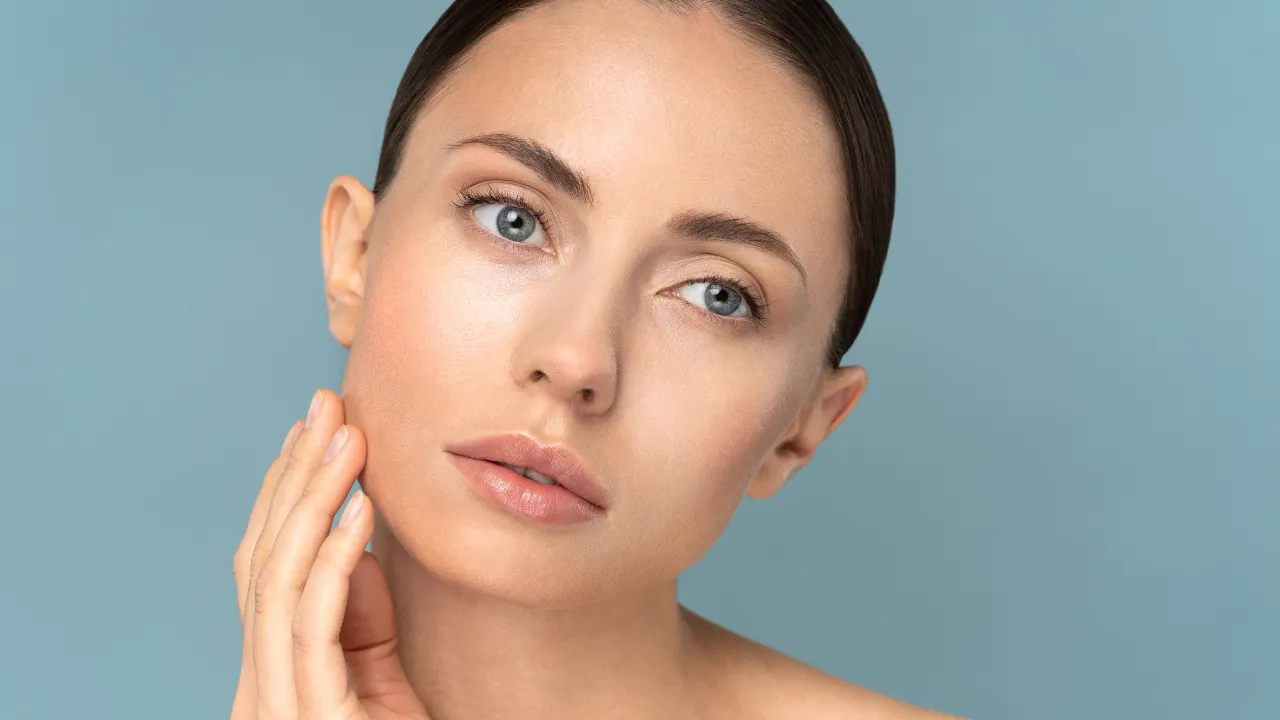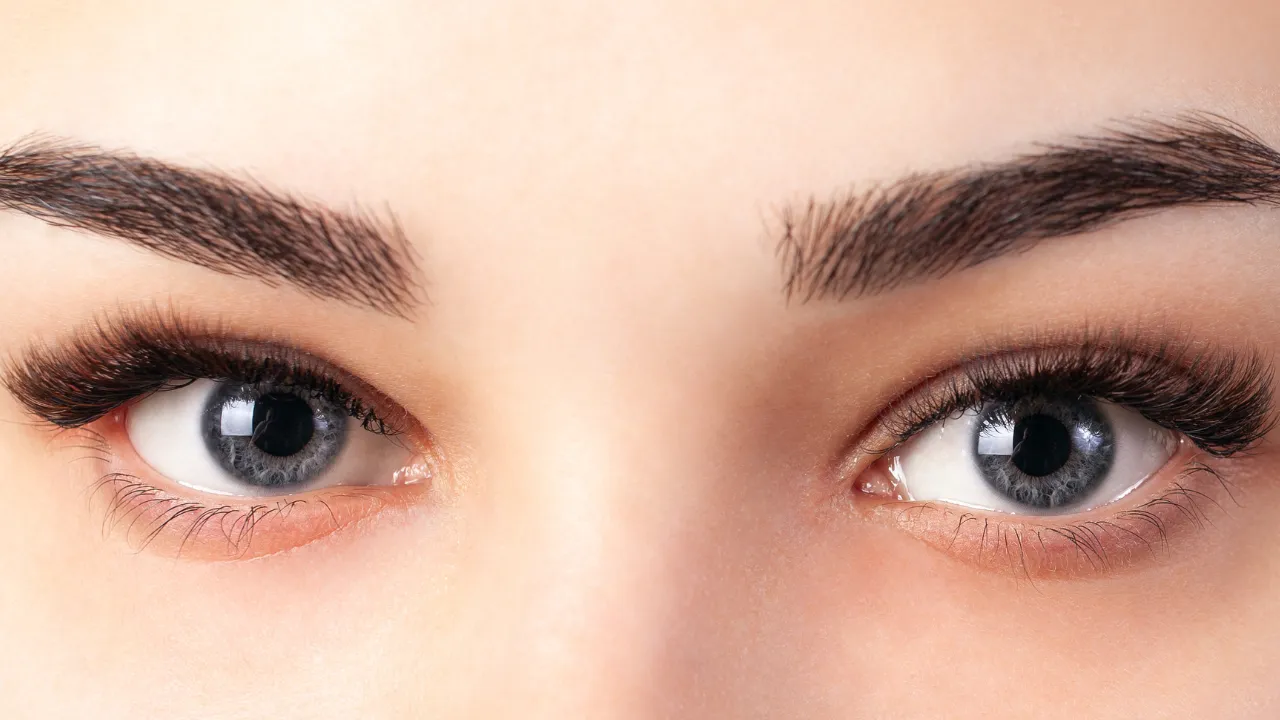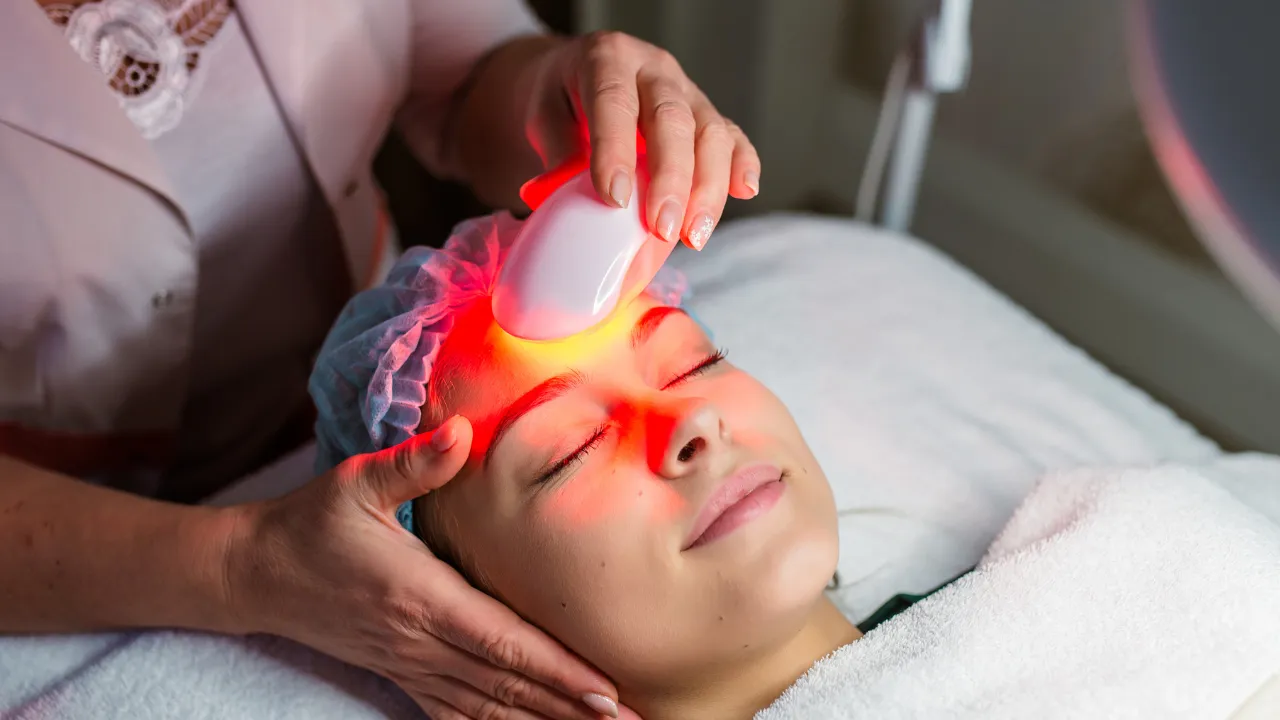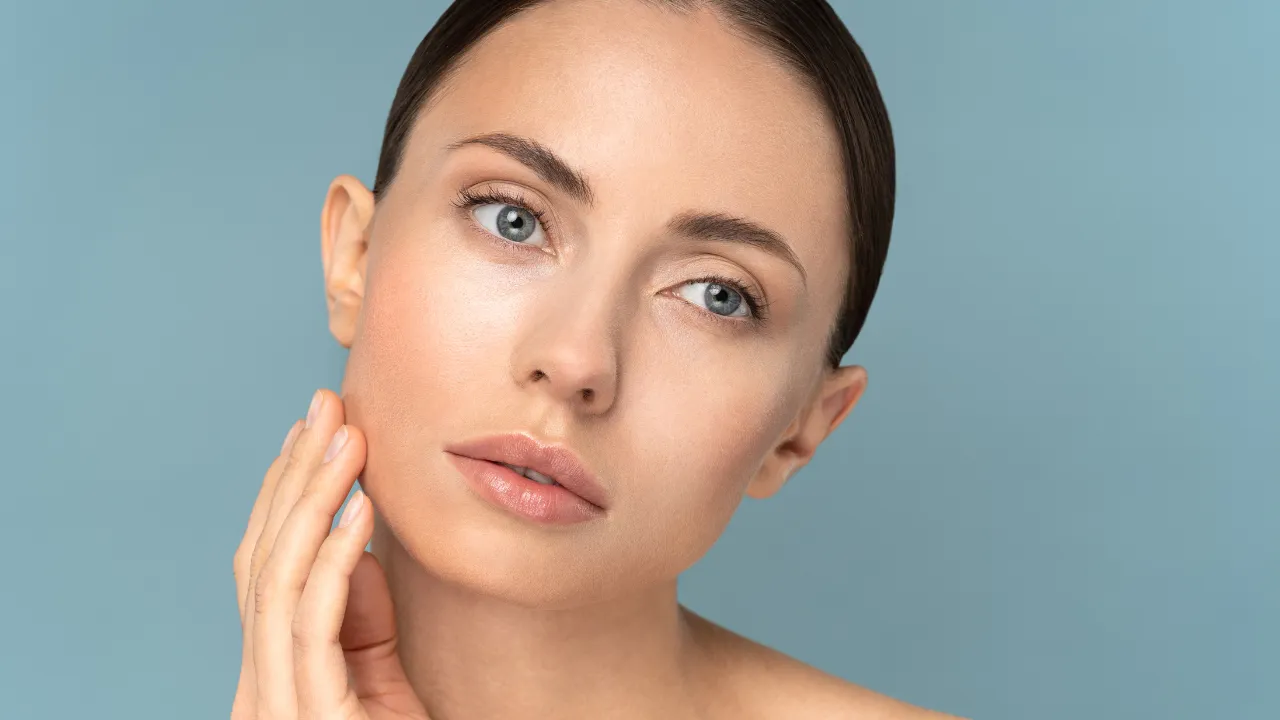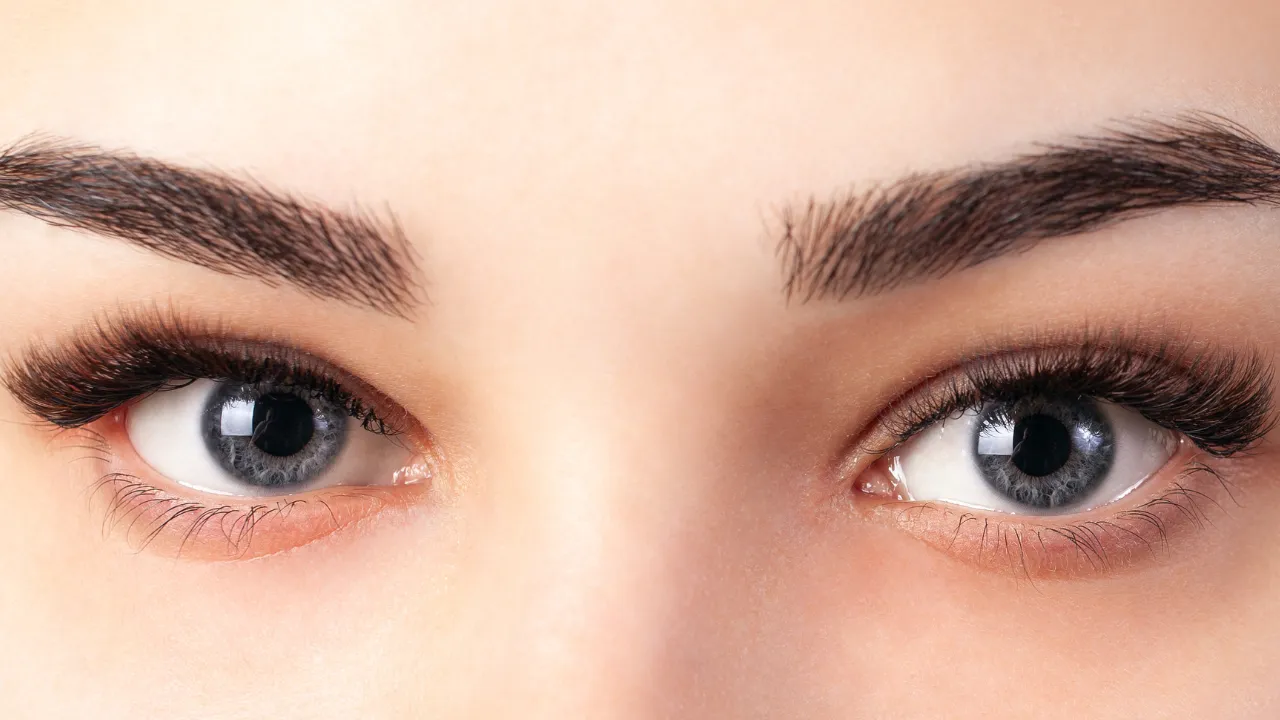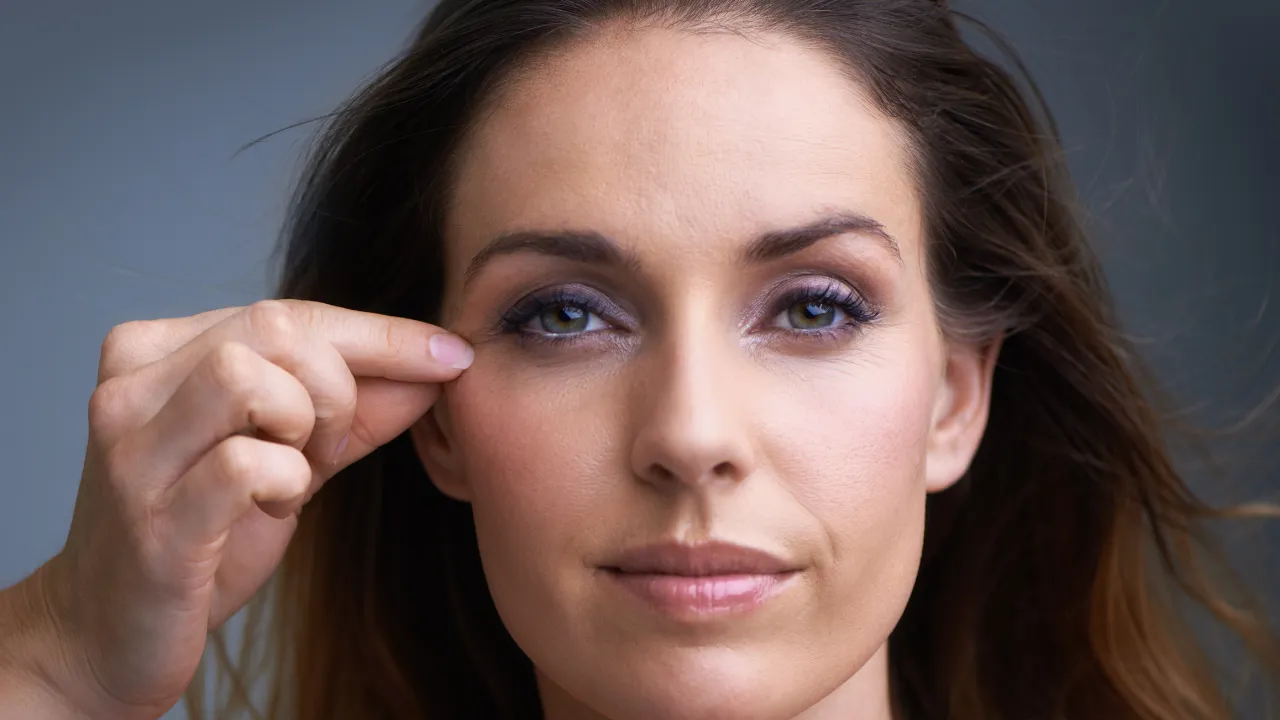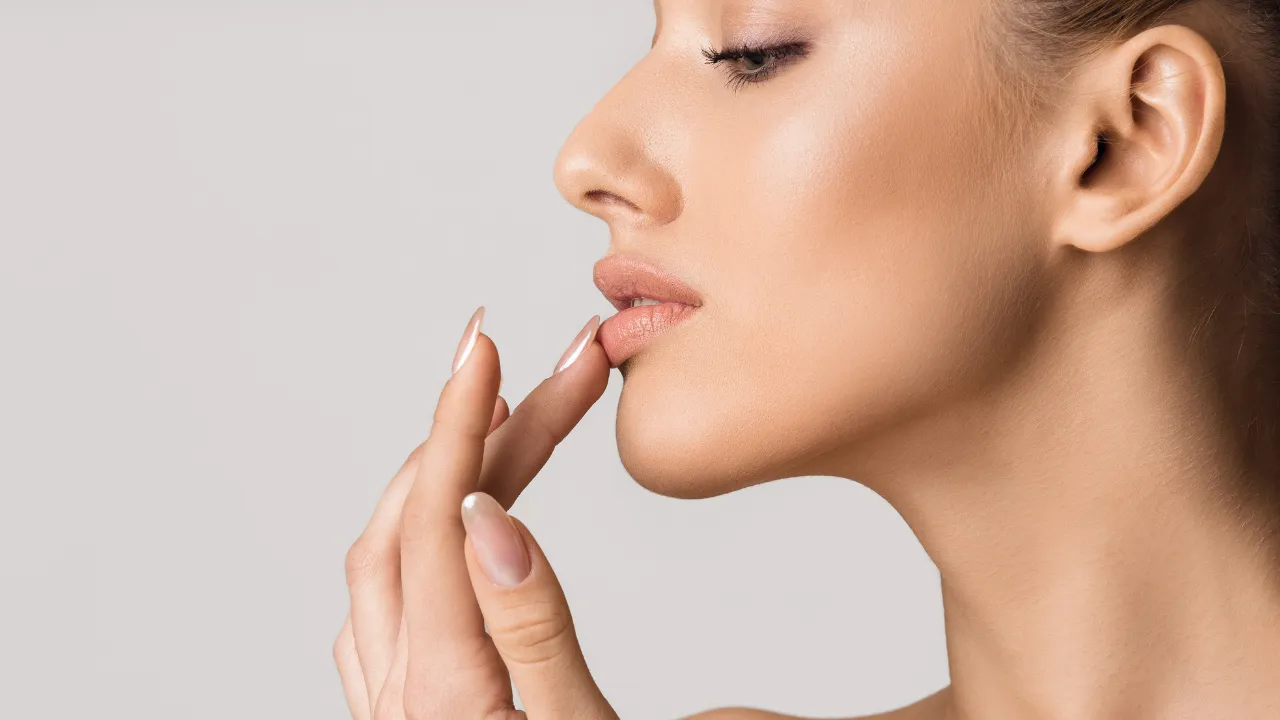Fungal infections on the eyelids are uncommon but can be frustrating, especially when misdiagnosed or improperly treated. At Kopelman Aesthetic Surgery, Dr. Joel Kopelman—a board-certified oculoplastic surgeon—offers expert care for eyelid conditions, including identifying the right antifungal for eyelids.
Key Takeaways
- Fungal infections can affect the eyelids and are often mistaken for eczema or dermatitis.
- Safe treatment requires antifungal products approved for ophthalmic use.
- OTC creams like clotrimazole help mild cases; prescriptions are best for persistent ones.
- Wrong treatments or harsh products can delay recovery.
- Seeing a specialist like Dr. Kopelman ensures safe and effective care.
Table of Contents
ToggleUnderstanding Eyelid Fungal Infections
Eyelid fungal infections are rare but do occur, often mimicking other skin conditions. Triggers include compromised immunity, trauma, or steroid overuse. Some cases follow eczema or seborrheic dermatitis.
Symptoms include redness, itching, scaling, or bumps. Fungal infections often appear along the edge of the eyelid and may spread without treatment. Because they resemble bacterial or allergic reactions, accurate diagnosis is critical.
Conditions Commonly Mistaken for Eyelid Fungal Infections
Not all eyelid rashes are fungal. Several conditions look similar and need different treatments:
- Eyelid eczema – responds to steroid creams or calcineurin inhibitors
- Seborrheic dermatitis – causes greasy flakes near lashes
- Contact dermatitis – allergic reaction to cosmetics or skincare
- Bacterial blepharitis – involves crusting and lash loss
Applying antifungals to these conditions can worsen irritation. Dr. Kopelman emphasizes getting a correct diagnosis when standard treatments fail.
Eyelid Fungus Treatment Options
How to Treat a Fungal Infection on the Eyelid
Diagnosis should be confirmed through a skin sample. Once fungal infection is identified, safe and appropriate topical medication is required.
Avoid general antifungals not labeled for facial or eye use. Use only what your doctor recommends to avoid damage to delicate skin.
Over-the-Counter Antifungal Cream for Eyelids
Mild infections may respond to over-the-counter antifungal cream for eyelids. Look for clotrimazole or miconazole, and apply a thin layer carefully.
Never use foot or body antifungals near the eyes. If no improvement is seen in a few days, consult a specialist.
Ketoconazole Cream for Eyelids: Is It Safe?
Ketoconazole is effective but should be used with caution around the eyes. It may cause irritation or stinging near the tear line.
It works by disrupting fungal membranes, but it must be diluted and applied correctly. Some side effects include dryness, redness, or burning. Stop use if symptoms worsen.
Prescription Antifungal Creams and Eye Drops
Stronger cases may need ciclopirox or antifungal eye drops. In rare cases where the infection spreads inward, oral antifungal medications may be prescribed.
For example, if irritation near the outer eyelid doesn’t respond to antibiotics, a fungal culture may reveal the actual cause. Dr. Kopelman often prescribes customized treatment when OTC products fail.
What Is the Best Antifungal Eye Drop?
Antifungal eye drops are rare and used only when the infection affects the eye directly. Options like natamycin or amphotericin B are available by prescription.
Most eyelid infections are external, so drops aren’t usually needed. Always consult your doctor before applying anything near the eyes.
What Ointment Can I Put on My Eyelids?
Use only ophthalmic ointments for sensitive eyelid skin. Lubricants may help soothe irritation but won’t treat infections.
For antifungal action, only use prescribed ointments. Avoid home remedies or essential oils, which can cause harm.
Can You Use Antifungal Cream on Eyelids?
Yes, but only under medical supervision. Use antifungal cream for eyelids that’s low-strength and specifically recommended.
Apply a small amount using clean hands or a swab. If it stings or irritates, stop immediately and consult your doctor.
Safe vs. Unsafe Products Around the Eyes
Some products are too harsh for eye-area skin.
Avoid Using
- Body or foot fungus creams
- Antifungal sprays
- Essential oils
- Unprescribed hydrocortisone
Safer with Guidance
- Clotrimazole 1% (OTC)
- Ciclopirox (Rx)
- Natamycin eye drops (Rx)
- Lubricating eye ointments
Always read product labels and follow professional advice.
When to See a Doctor
If the rash worsens, spreads, or doesn’t respond in a few days, see a doctor. Symptoms like swelling, pain, or blurry vision need urgent care.
Dr. Kopelman warns against self-treating recurring eye rashes. A proper diagnosis ensures the safest and most effective treatment.
How to Prevent Eyelid Fungal Infections
Reduce risk by following these steps:
- Wash hands before touching your face
- Remove eye makeup daily
- Don’t share eye products or towels
- Replace cosmetics regularly
- Manage skin conditions with medical help
Contact lens wearers should clean and store lenses properly. Address other fungal infections like athlete’s foot to avoid spreading.
Recovery and Aftercare Tips
Even after visible symptoms fade, the skin may stay sensitive.
Tips for recovery:
- Keep the area dry
- Avoid makeup until healing
- Don’t rub or scratch
- Use gentle, fragrance-free moisturizers
Follow-up exams may be needed. Report any recurring symptoms early.
Expert Insight from Dr. Joel Kopelman
“Treating fungal infections near the eye requires both accuracy and caution,” says Dr. Joel Kopelman. “Patients should never guess or self-medicate without knowing the cause. With the right diagnosis and care, most eyelid infections can be resolved quickly and safely.”
At Kopelman Aesthetic Surgery, patients receive precise, personalized care for eyelid skin issues. Schedule your consultation now—Dr. Kopelman applies decades of experience to ensure safe and lasting results.


